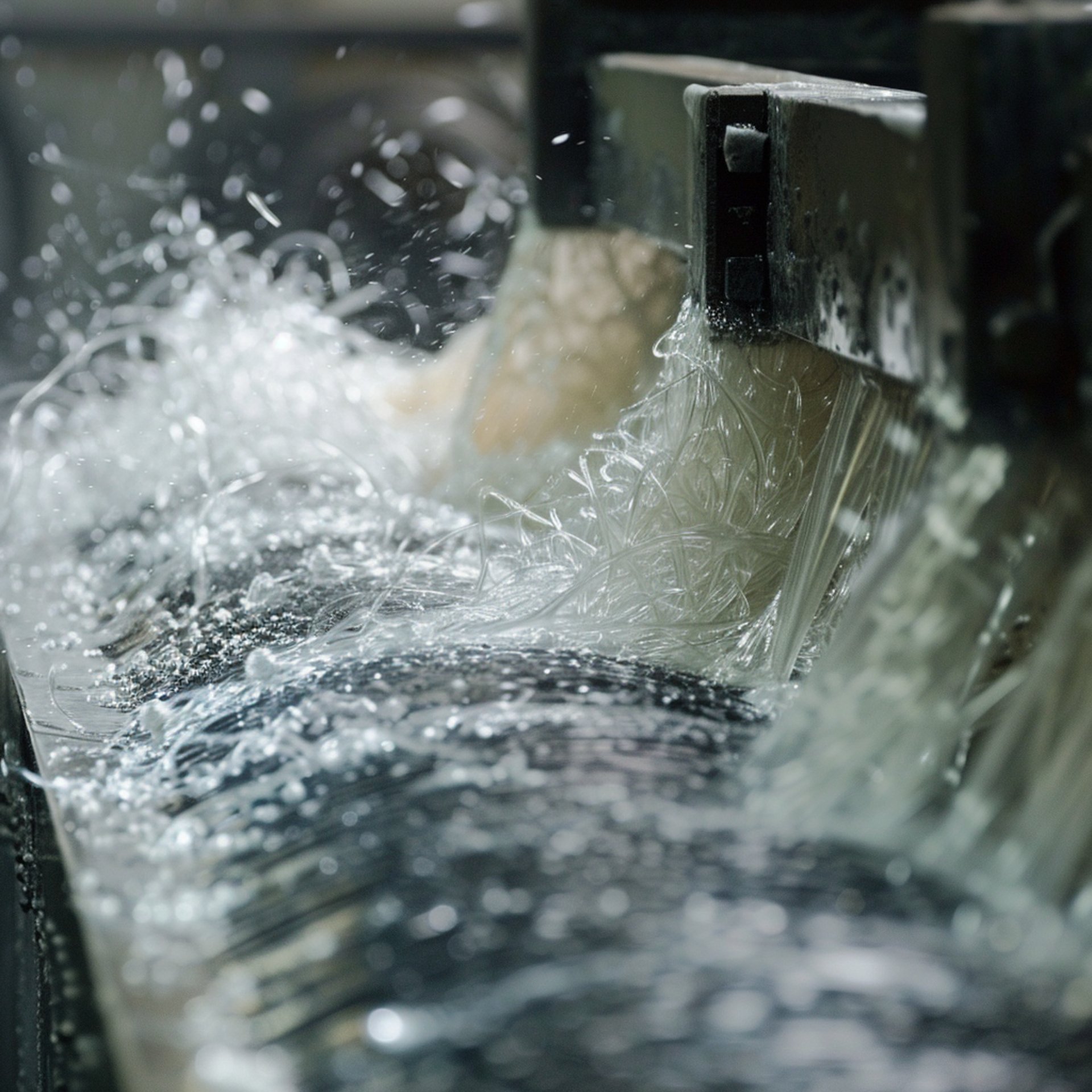
Curing
Resin Curing
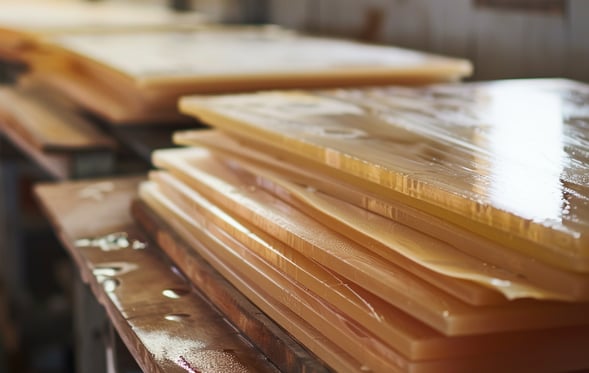

From the perspective of composite manufacturing, the curing process holds immense significance. In traditional hot platen pressing, the transfer of heat from the platen to the core of the panel occurs through a sequence of conduction and convection, resulting in uneven curing times for thermoset resin. Consequently, the density of pressed composites across the vertical direction tends to be non-uniform. Particularly when dealing with thick composites, the hot platen pressing method necessitates extensive time for heat to propagate from the surface to the core.
An alternative approach to achieve resin curing in composites involves the utilization of radio frequency (RF) technology. RF electrical impulses are transmitted through the material, causing polarization and subsequent vibration of elements such as thermoset resin and moisture. This vibrational motion generates substantial frictional heat, enabling rapid curing of thermoset adhesives. Notably, RF current ensures uniform heating, facilitating the heating of the center as quickly and to the same extent as the outer surfaces. This characteristic enables a swift and uniform temperature rise, allowing materials of varying volumes and cross-sectional dimensions to be heated in a significantly shorter timeframe.
RF curing presents a compelling alternative that enhances production efficiency by drastically reducing curing times, enabling the creation of thicker boards, ensuring uniform operating conditions year-round through deep and consistent heating, promoting high energy efficiency, and enhancing operational flexibility. By adopting RF technology, the curing process becomes more efficient and reliable, delivering consistent and uniform results throughout the composite materials.
Adhesive - Panels - Structural Silicone - Sand Paper
Common Products
Resine - Polymers - Silicon
Common Materials
Work frequency: 27,12 MHz Typical thickness rates: 600mm - 0,3mm
Fiberglass Curing
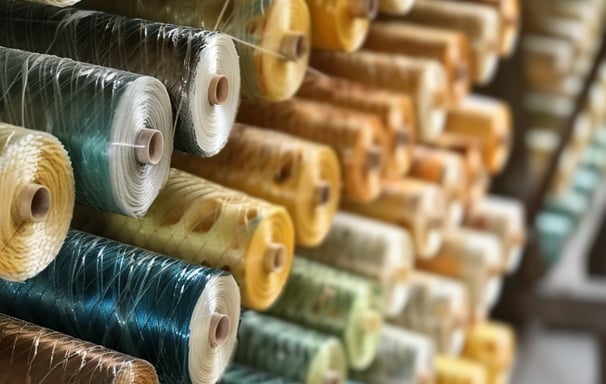

Glass Fiber
Bobbins - Insulating Panels - Composite Materials
Common Materials
Common Materials
Rock Fiber Curing
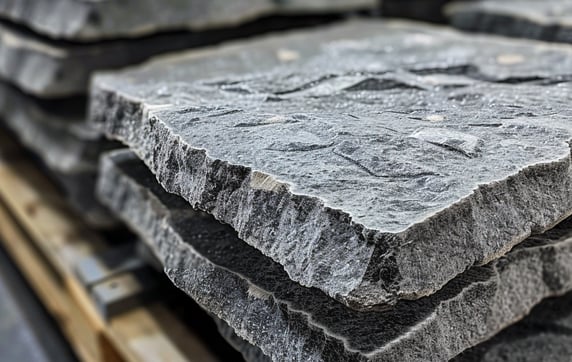

When it comes to insulating materials, traditional drying methods fall short as they gradually penetrate the core of the product. This slow infiltration results in an inhomogeneous temperature distribution, leading to varying rates of expansion and potentially compromising the quality of the material.
In contrast, RF drying offers a superior solution by ensuring a consistent drying process that proceeds at an equal pace both internally and externally. By employing RF technology, the drying effect permeates uniformly throughout the product, preventing uneven expansion and deformation. This not only guarantees a more efficient and effective drying process but also safeguards the structural integrity of the insulating materials.
Bobbins - Insulating Panels - Composite Materials
Common Products
Rock Wool - Basalt Fiber
Common Materials
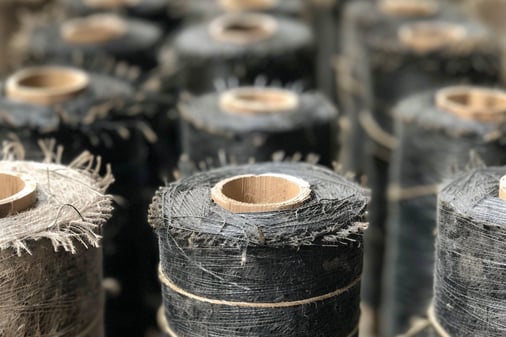

Work frequency: 27,12 MHZ Typical thickness rates: 1000mm - 1mm Typical applied voltage rates: +10.000 V

